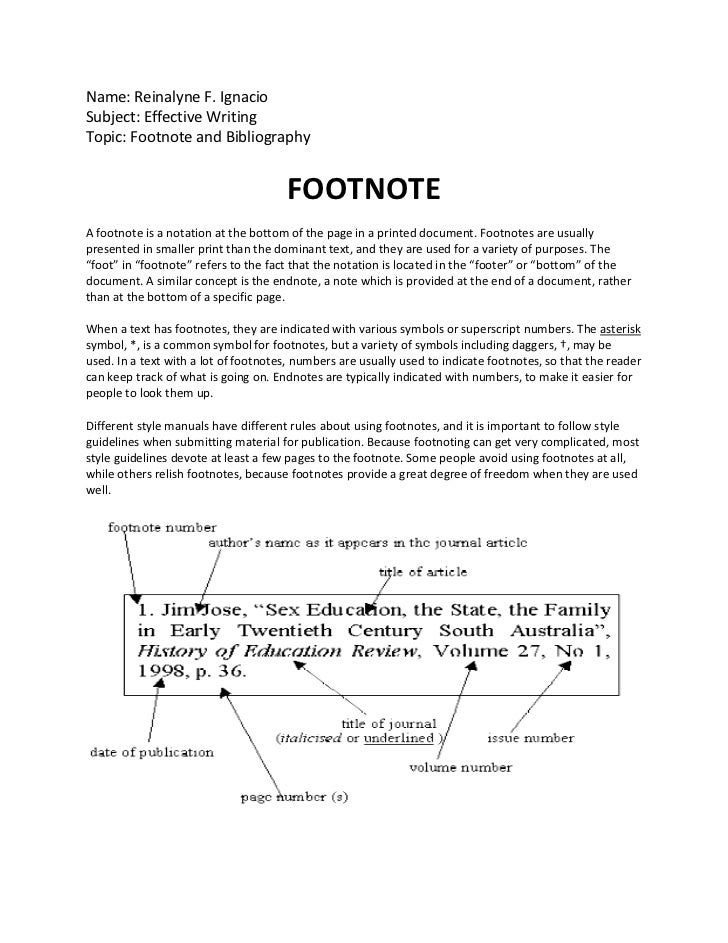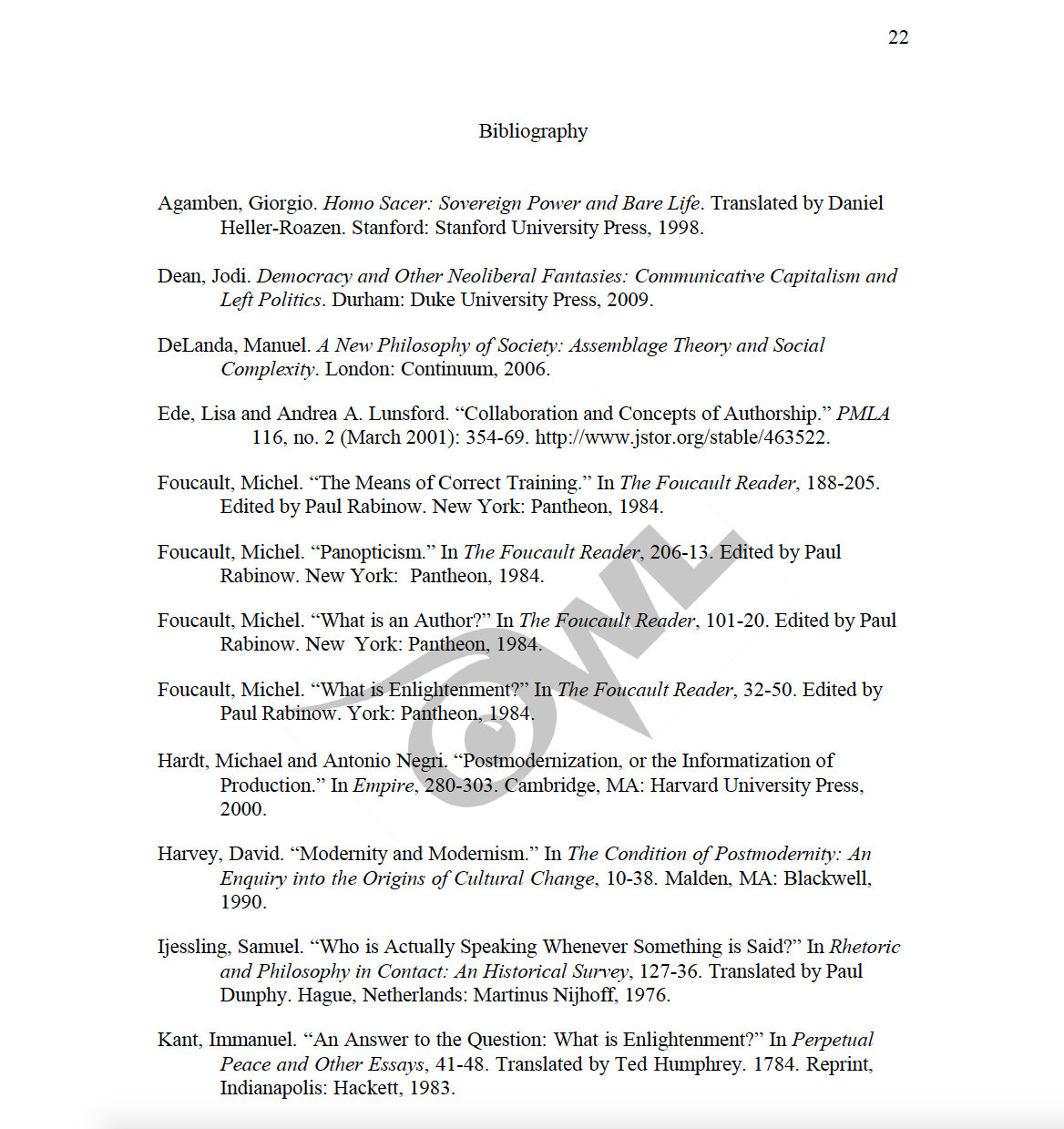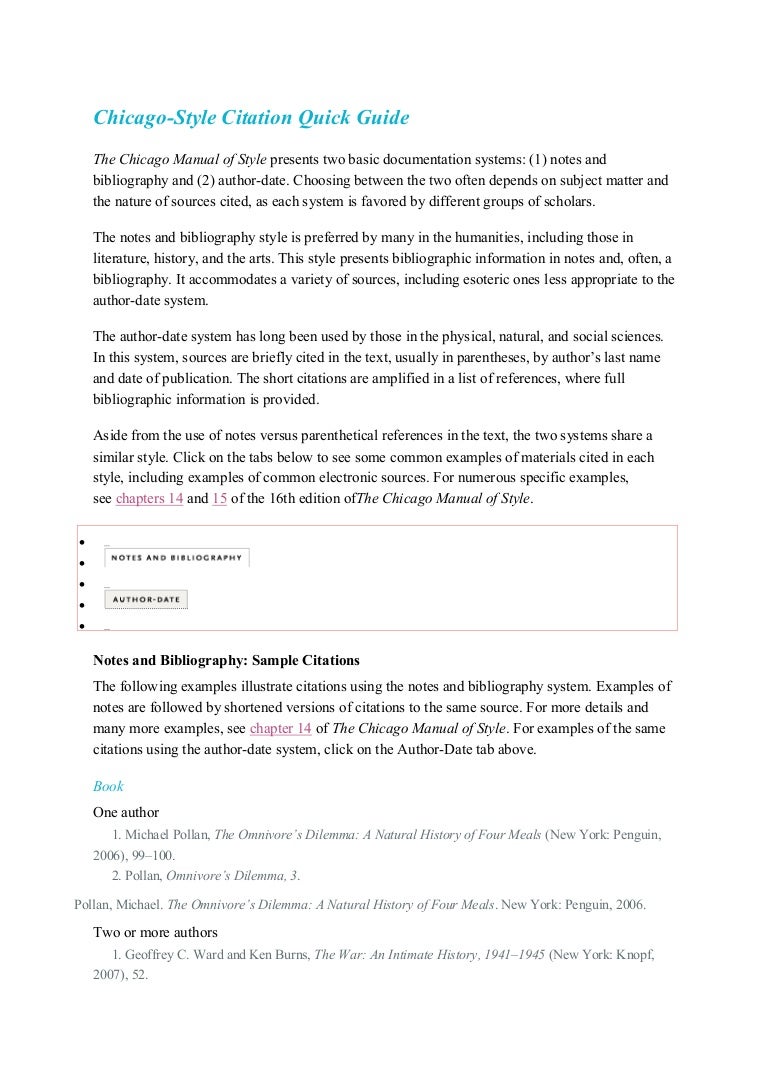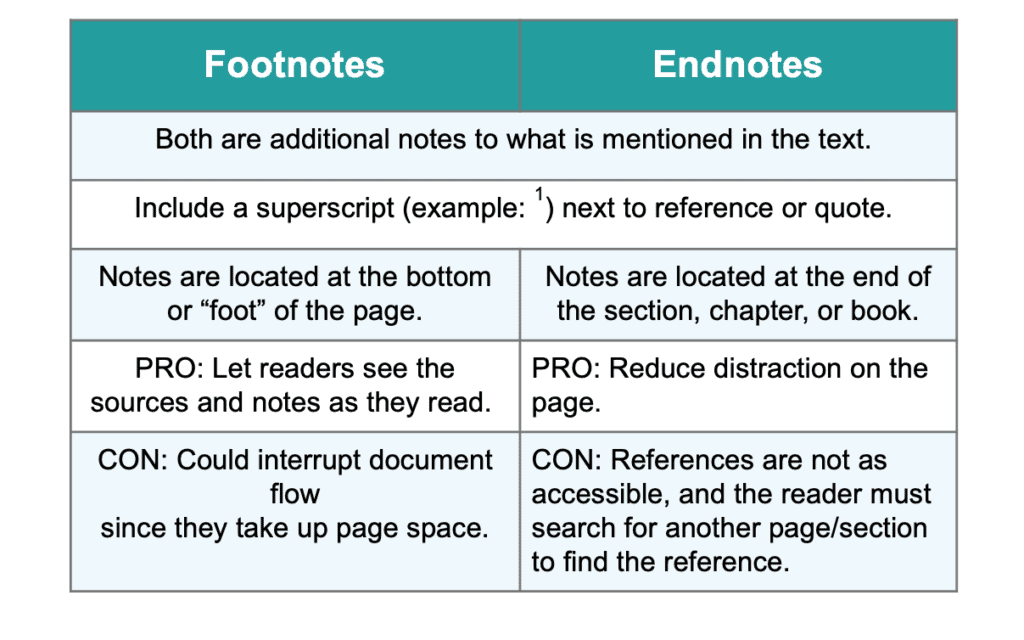
Here’s how to cite Chicago style using the notes and bibliography system. As mentioned earlier, the system presents source information through numbered footnotes and endnotes, with a corresponding bibliography at the end. The NB system is commonly used by those in the humanities field, including any topics related to literature, history, or arts. In the next section, give you specific instructions on how to apply each one. Once you have these details, you’ll need to choose between the two referencing styles: Notes and Bibliography (NB) or Author-date. In using Chicago citation, you should know the following information for each of your sources: How to Cite Sources in Chicago Style Source: Avoid switching between the two, since they’re both part of the Chicago Style.

Notes and Bibliography (NB): Citations are through numbered footnotes and endnotes, with a corresponding bibliography at the end of the paper.Within Chicago citation are two referencing styles: It’s also been especially popularized by authors, editors, proofreaders, indexers, and copywriters alike.Ĭhicago Style is generally used by the following disciplines: Now, there are some nuanced differences between Turabian Style and Chicago style, but most people do use the terms interchangeably.Ĭurrently in its 17th edition, this form of citation is one of the most widely used in the US. What is Chicago Citation ?Īlso sometimes referred toas the Turabian Style, the Chicago citation has been around since 1891 and is largely based on the Chicago Manual of Style (CMOS). We also suggest bookmarking this page for quick reference when you need to cite in this specific format.īefore anything else, let’s define what Chicago Style is and how it came to be.

We’ve written this guide to help you cite in Chicago Style and know everything there is to the proper Chicago citation format.

If you’re using it for the first time, then you’re in the right place. Like many forms of citations, it’s tedious and time-consuming. Unlike MLA or APA, it uses footnotes and is more flexible than other kinds of citation-which also means it can be more difficult to master.

As you likely suspect, it was developed by the University of Chicago to create conformity among different disciplines. Throughout the humanities, Chicago Style is the preference for citation purposes.


 0 kommentar(er)
0 kommentar(er)
